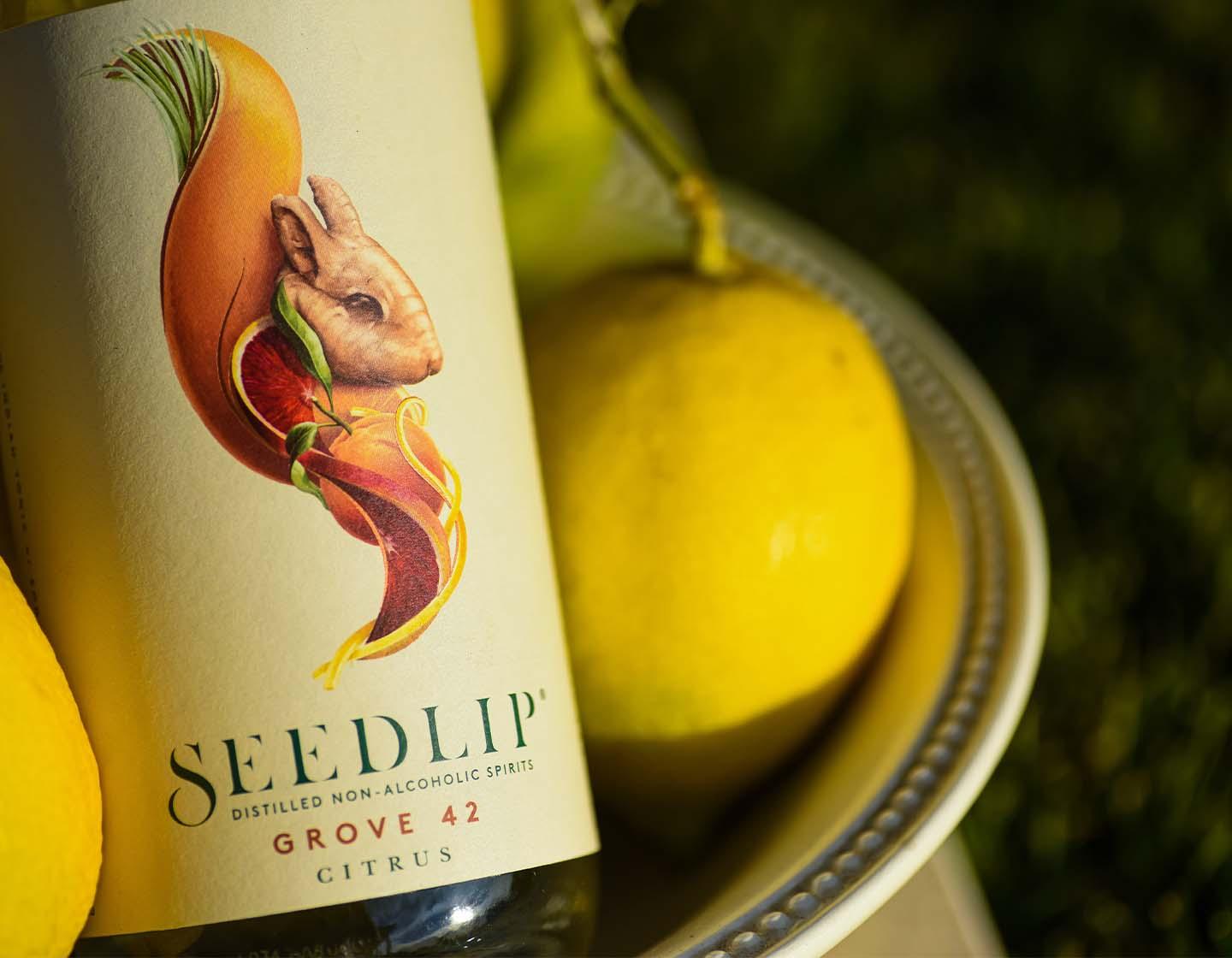
Low & No Alcohol
Estimated Reading Time: 4 Minutes
In recent years as socializing occasions continue to evolve, and people choose to be more mindful about what and how they drink, what was once seen as a trend toward low and no alcohol cocktails is now undoubtedly here to stay. Consumers are seeking alternatives that provide the pleasure of a drink without the effects of traditional alcoholic serves. This shift has sparked a wave of innovation in the drinks industry, leading to the creation of a diverse range of enticing options that cater to different tastes and occasions.
Rise of a New Lifestyle Choice
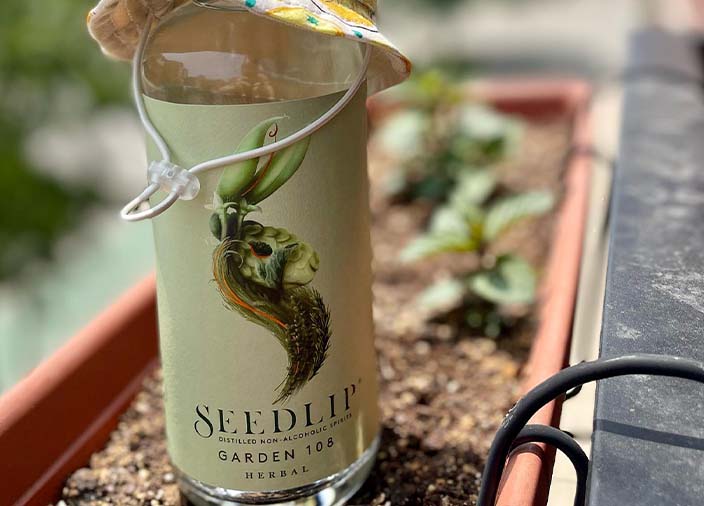
Rise of a New Lifestyle Choice
According to a study by GlobalData, the global market for low and no alcohol beverages is projected to grow at a compound annual growth rate (CAGR) of over 8% from 2020 to 2025. With such compelling statistics and a plethora of innovative examples entering the market; it's evident that this category is more than just a passing phase but a reflection of evolving consumer preferences.
Manufacturers have stepped up to the challenge by crafting innovative options that go beyond merely replicating the flavors of traditional alcoholic beverages. Low and no alcohol drinks now encompass a wide array of options, including alcohol-free beers, alcohol-free wines, ready-to-drink cocktails, botanical-infused low alcohol spirits, and even alcohol-free spirits. These alternatives offer a new realm of taste experiences while ensuring individuals can enjoy the camaraderie of sharing drinks with friends and family.
Types of Low & No Alcohol Beverages
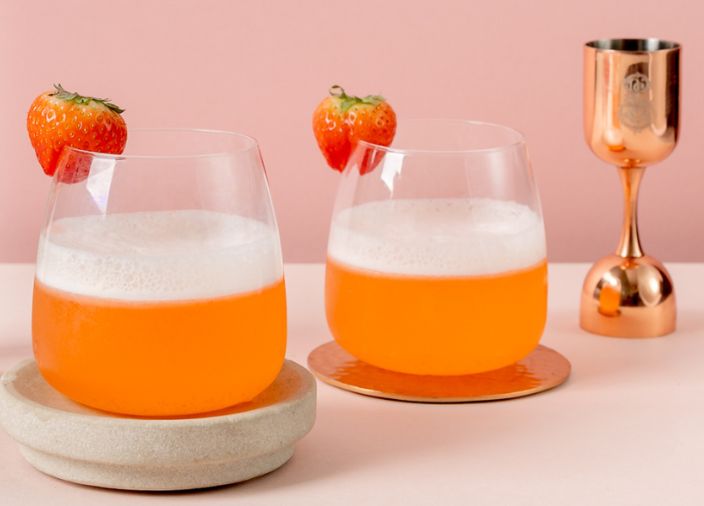
Types of Low & No Alcohol Beverages
In the UK, a no alcohol (alcohol-free) drink is a beverage containing less than 0.05% ABV while across Europe and in the USA, alcohol-free means anything under 0.5% ABV. It is important to be clear that the term is not used to describe soft drinks or fruit juices (known as non-alcoholic drinks) but instead to products that sit in the realm of alcoholic beverages. Broadly, there are three types of Low/No drinks but worth checking the legislation in your market to ensure you have the correct information.
Alcohol Free (Zero Alcohol)There is a market difference but brands that are labeled with 0.0% would have alcohol content at less than 0.05% ABV. Examples include Gordon’s 0.0% and Tanqueray 0.0%. Many modern non-alcoholic beers would fall into this category including Guinness 0.0 %.
Low AlcoholAccording to Drinkaware UK, drinks that are between 0.5% to 1.2% ABV are considered low alcohol.
Mid-ProofNot a legal definition but mid-proof drinks range from 10 to 30% ABV. A popular choice with those trying to strike a balance between enjoying the moment in a social setting and monitoring their alcohol intake. Smirnoff Infusions (23% ABV) and Ketel One Botanical (30%ABV) are examples and good alternatives to their full-strength counterparts.
How Are They Made?
Although alcohol-free beers (and wines) have been around for quite some time, the science behind creating the necessary flavor, texture, and body with the alcohol is still a work in progress, but a nascent industry that is seeing a rapid technological leap due to growing demand for alcohol-free drinks. However, any technical advancement at the moment would most likely be kept as a trade secret.
There are various degrees of challenges (e.g., the taste of the final product, costs) in the production of low and no alcohol beverages. While is relatively easier to make mid-proof spirits, alcohol-free or low-alcohol beers and ‘spirits’ is another matter altogether.
Alcohol-Free Beers
There are two overarching methods for making alcohol-free beers:
Prevent the formation of alcohol during fermentationby withholding yeast and hence not fermenting the brew limited or arrested fermentation (by adjusting the amount of sugar, lowering temperature) using a special yeast that produces no or low alcohol.
Remove alcohol from fully brewed, alcoholic beer (De-alcoholization) distillation (boiling off alcohol)
-Vacuum distillation (happens at lower temperatures, and affects tasteless)
-Membrane filtration (to filter alcohol)
-Reverse Osmosis (a more complex method of filtration requiring investments in equipment but offers the best results)
Low Alcohol / Alcohol-Free ‘Spirits’
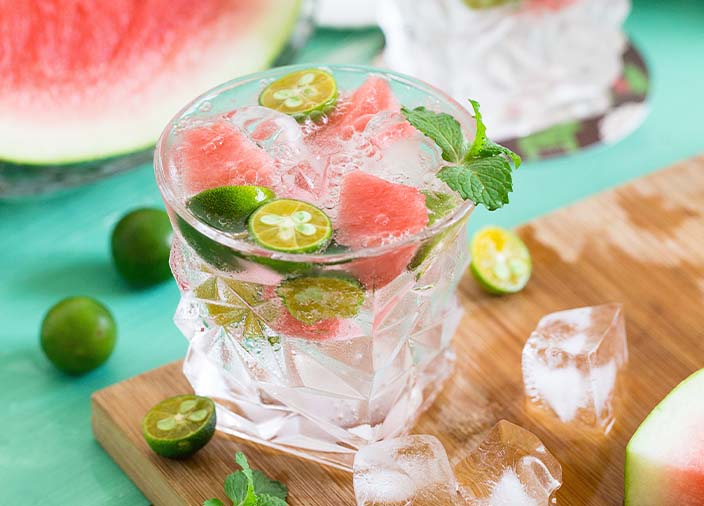
Low Alcohol / Alcohol-Free ‘Spirits’
Making a low alcohol or alcoholic-free ‘spirit’ proves difficult because Alcohol (specifically ethanol) is a powerful solvent, capable of absorbing, holding, and preserving the delicate oils and volatile molecules from herbs, spices, and fruits far more efficiently than water.
According to our friends at Seedlip, each botanical is individually macerated and mixed with grain alcohol, which extracts the flavorful compounds in the plants. Next, a portion of the alcohol is distilled off with the flavor molecules in tow. This distillate is distilled again, at precisely the right temperatures to pull away the alcohol, while leaving much of the flavor intact. The flavorful compounds are then filtered and mixed with water.
The process may sound simple enough, but it calls for specialized equipment and distillation (such as Vacuum distillation), higher quantities of botanical where water extraction is utilized, and generally more time and effort to produce. Hence, low alcohol and alcohol-free 'spirits' tend to command a price that is close to (or sometimes exceeding) full-strength spirits.
The Future
As the low and no alcohol movement continues to grow, it's clear that it's more than just a passing fad. Consumers are embracing these beverages not only for personal well-being but also for the freedom to enjoy a night out or a relaxing evening at home without the impact of alcohol. As the industry continues to evolve, it's clear that the future is vibrant for those seeking a balance between enjoyment and well-being.
Key Serves

Ketel One Botanical Cucumber & Mint Spritz
Ketel One Botanical Cucumber & Mint has a refreshingly crisp taste and is for those who appreciate the flavor of crisp cucumbers and light tones of fresh garden mint. Discover the recipe here.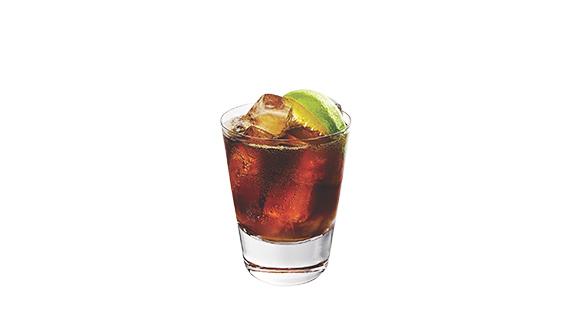
MartiNO
A non-alcoholic version of the classic Martini, using Seedlip Garden 108, for a decadent and glamorous non-alcoholic cocktail.
Ketel One Botanical Peach & Orange Blossom Spritz
A sweetly lush aperitivo spritz for those who enjoy the taste of lush, juicy white peaches and bold notes of fragrant orange blossoms. Discover the recipe here.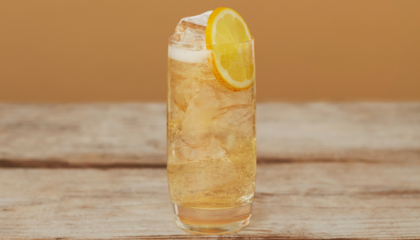
Seedlip Grove Ginger Highball
Seedlip’s alternative signature serve, a simple mix of Seedlip, Ginger Ale and a hint of Orange.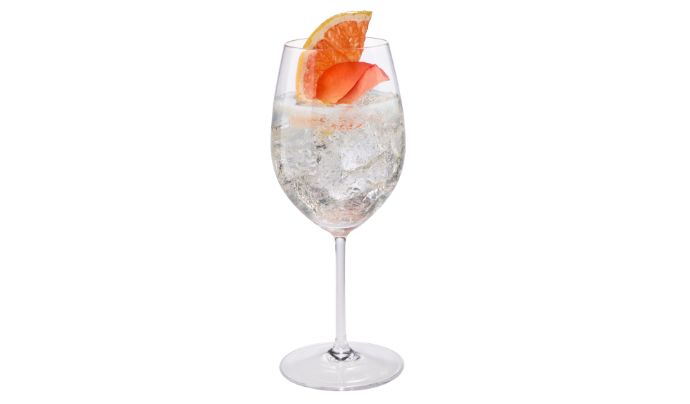
Ketel One Botanical Grapefruit & Rose Spritz
A zesty, mouthwatering aperitivo spritz. Our Grapefruit & Rose Spritz is delightfully refreshing tasting for summer. Discover the recipe here.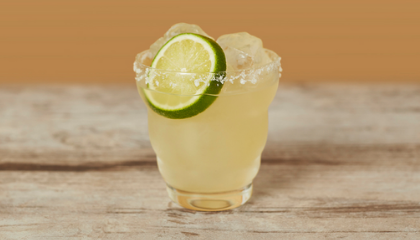
Seedlip Margarita
A non-alcoholic version of the popular, classic Agave-based cocktail with Seedlip Grove 42, Lime and Agave.
